Gamecock Fanatics
You are using an out of date browser. It may not display this or other websites correctly.
You should upgrade or use an alternative browser.
You should upgrade or use an alternative browser.
Countdown to Kickoff
- Thread starter Swayin
- Start date
APD-94, the USS John Q Roberts. The APD designation stands for high speed transport - "AP" for transport, personnel, and "D" for destroyer - basically a destroyer or destroyer escort modified to deliver small raider detachments onto islands quickly under cover of night.
.jpg)
.jpg)
Insignia for the 93rd Bombardment Group, the first group to use B-24 Liberators for the 8th AF in Europe.
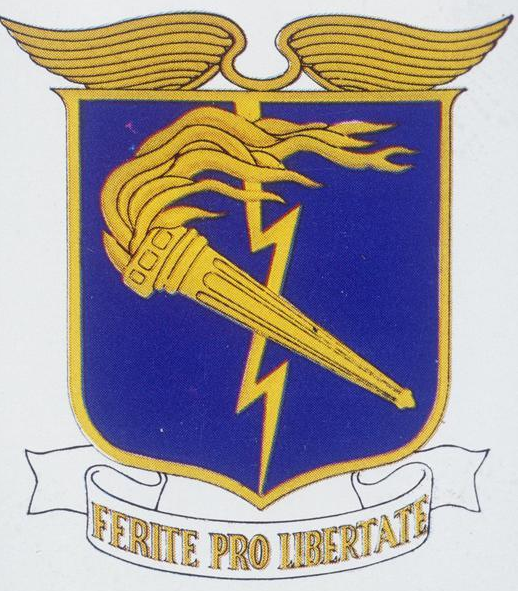
https://www.historynet.com/us-93rd-bombardment-group-flew-many-missions-throughout-world-war-ii.htm

On September 5, 1942, the first flight of 93rd Liberators left for England from Grenier Field, N.H., but got only as far as Newfoundland, where they were forced to land because of bad weather. Four days later, 18 B-24s left Newfoundland and landed in Prestwick, Scotland, after flying through 8 hours of thunderstorms, ice and strong winds. This flight by the 93rd was the first nonstop flight across the North Atlantic by American bombers. The trip was marred by the loss of one aircraft and crew at sea.
On October 8, one month after arriving in England, the 93rd flew its first mission–to the Lille-France Steelworks on the Franco-Belgian border. Colonel Timberlake and Major Addison Baker led in Teggie Ann, which was also the group’s lead ship on subsequent raids. Opposition en route and over the target was heavy; one B-24 was shot down and a second was forced to land at another base in England. Lieutenant John Stewart’s Boomerang came home with more than 200 holes, prompting the ground crew chief, Master Sgt. Charles A. Chambers, to explode, ‘Lieutenant! What the hell have you done to my ship!’ The severely damaged Liberator was earmarked for salvage, but Chambers and Stewart managed to save it. Boomerang went on to become the most famous Liberator in the Eighth Air Force.

https://www.historynet.com/us-93rd-bombardment-group-flew-many-missions-throughout-world-war-ii.htm
USS Makin Island, CVE-93.
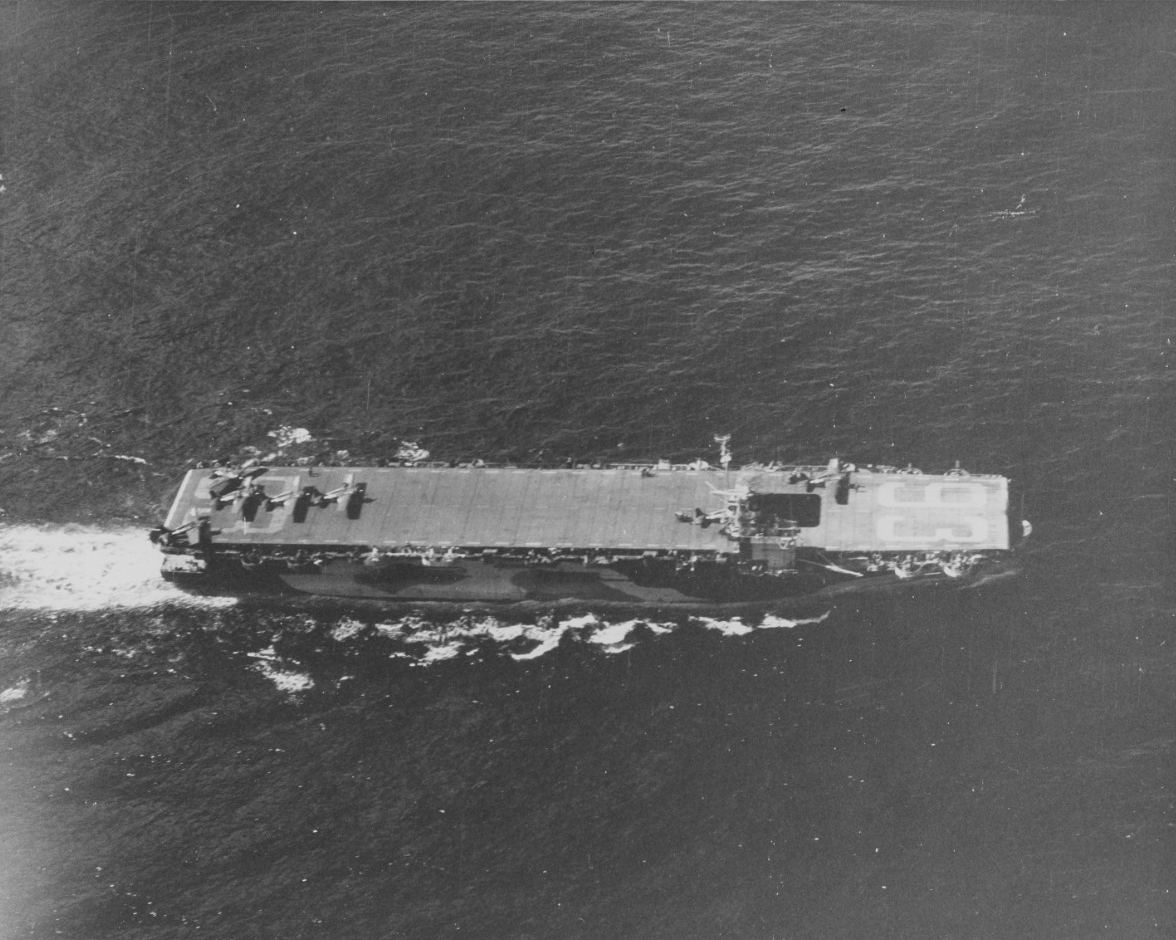

https://www.history.navy.mil/research/histories/ship-histories/danfs/m/makin-island.htmlFlying the pennant of Rear Adm. C. T. Durgin, Commander TG 77.4, Makin Island left Manus 27 December to rendezvous with the invasion force in Surigao Strait, Leyte. Sailing for Lingayen Gulf, 3 January 1945 the carrier was subjected to fierce, almost continuous enemy air attack during the passage to the assault beaches. Though sister carrier Ommaney Bay (CVE‑79) was sunk and a number of other ships damaged, Makin Island arrived unscathed 6 January. For the next 11 days she remained off the beachhead flying air support for the amphibious operation, then sailed for Ulithi.
Admiral Durgin flew his flag in Makin Island once more, during the invasion of Iwo Jima, off which she arrived 16 February. Her planes made pre-invasion strikes and after the landings provided aerial fire support, essential to success in the hot action ashore, until 8 March. The carrier group again came under heavy Japanese suicide attacks, but Makin Island again was not hit. After replenishing at Ulithi, she sailed for Okinawa, again as flagship.
From her arrival off Japan's last great island bastion, Okinawa, 25 March, Makin Island remained on station for 67 days, flying constant fire support, supply, and reconnaissance missions for the ground forces. The ship's aircraft, from Composite Squadrons 84 and 91, flew 2,258 combat sorties, recording over 8,000 hours of flying time. Relieved 1 June, the carrier sailed for Guam, arriving 5 June.
She sailed again 11 July to provide air cover for ships conducting minesweeping and raiding operations in the East China Sea and to launch airstrikes against Japanese targets on the Chinese coast. On 13 August she anchored in Buckner Bay, Okinawa, and on 9 September proceeded to Wakanoura Wan, in southern Honshu, for occupation duty. Among her missions was providing air cover for the evacuation of Allied prisoners of war. She sailed for San Francisco 18 October, arrived 5 November, then voyaged to Shanghai to return troops to the United States at Seattle 30 December.
Makin Island decommissioned 19 April 1946 at Puget Sound, was stricken from the Navy list 11 July, and sold 1 January 1947.
Makin Island received five battle stars for World War II service.
USS Chung-Hoon, DDG-93.

An Arleigh Burke-class Aegis destroyer serving in the United States Navy (USN). Chung-Hoon was named in honor of Rear Admiral Gordon Pai'ea Chung-Hoon (1910–1979), recipient of the Navy Cross and the Silver Star.
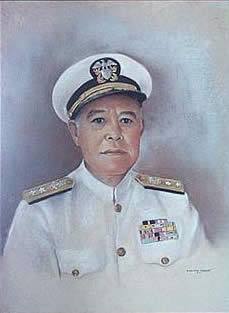
https://en.wikipedia.org/wiki/Gordon_Chung-Hoon

An Arleigh Burke-class Aegis destroyer serving in the United States Navy (USN). Chung-Hoon was named in honor of Rear Admiral Gordon Pai'ea Chung-Hoon (1910–1979), recipient of the Navy Cross and the Silver Star.
Early life
He was born in Honolulu, Hawaii, on July 25, 1910. His father, William Chung-Hoon Jr., a Chinese-English-Hawaiian, was a county treasurer and his mother Agnes Punana, a Hawaiian, was a member of the Kaʻahumanu Society. Chung-Hoon was the fourth of five children born to his family. He graduated from Punahou School in 1929.
Military career
Chung-Hoon attended the United States Naval Academy and graduated in May 1934, becoming the first Asian American, U.S. citizen graduate of the academy. While a student he gained national prominence as the football team's halfback and punter, and in 1934 starred on the team that broke an 11-year winless streak against the Army team. In 1958 Sports Illustrated's Silver Anniversary All-American issue featured Chung-Hoon as one of its 1933 football stars.
After graduation Chung-Hoon was assigned to the cruiser USS Indianapolis as an ensign. As of January 1937 he was serving as an ensign aboard the destroyer USS Montgomery. He was a lieutenant (junior grade) on USS Dent as of January 1939.
World War II
Chung-Hoon served on the battleship USS Arizona as a lieutenant, but was in Honolulu on a weekend pass during the attack on Pearl Harbor. Chung-Hoon heard the attack from Honolulu and attempted to return to his ship but was delayed by roadblocks and traffic jams. By the time he reached the Arizona the ship had already exploded and sunk.
After the sinking of Arizona, Chung-Hoon served as a naval liaison officer with coastal artillery before becoming executive officer on a destroyer in 1942, working convoy details in the Atlantic. He also served on board the cruiser USS Honolulu.
From May 1944 to October 1945 Chung-Hoon commanded the destroyer USS Sigsbee. In the spring of 1945, Sigsbee assisted in the destruction of 20 enemy planes while screening an aircraft carrier strike force off the Japanese island of Kyūshū. On April 14, 1945, while on radar picket station off Okinawa, a kamikaze crashed into Sigsbee, reducing her starboard engine to five knots (9.3 km/h; 5.8 mph) and knocking out the ship's port engine and steering control. Despite the damage, then Commander Chung-Hoon kept his antiaircraft batteries delivering "prolonged and effective fire" against the continuing Japanese air attack while simultaneously directing the damage control efforts that allowed Sigsbee to make port under her own power.
The damage had been severe enough that Admiral William Halsey, Jr. told Chung-Hoon to scuttle the ship. However, Chung-Hoon declined to do so, telling the admiral "No, I have kids on here that can't swim and I'm not putting them in the water. I'll take her back."
The next day Chung-Hoon led a burial at sea for the dead. One crewmate said of Chung-Hoon during the burial, "I often remember that the only man tough enough not to duck, was also the only man tender enough to cry."
For Chung-Hoon's service aboard Sigsbee he received the Navy Cross and the Silver Star for conspicuous gallantry and extraordinary heroism.
During the war, two of Chung-Hoon's brothers served in the army in the Pacific theater.
Chung-Hoon retired in October 1959 and was promoted to rear admiral upon retirement, making him the first Asian American flag officer of the United States Navy.

https://en.wikipedia.org/wiki/Gordon_Chung-Hoon
USS Galveston, CL-93, was laid down at the Philadelphia Naval Yard as one of the last members of the incredibly successful Cleveland class, and was converted in the late 1950s to CLG -3, the first member of the Galveston class of guided missile cruisers.
_underway_1967.jpg)
_underway_1967.jpg)
Homebrewcock
GCF Top Poster
Last edited by a moderator:
Homebrewcock
GCF Top Poster
Homebrewcock
GCF Top Poster
The 92nd Infantry Division was the only African American infantry division to see combat in Europe during World War II, as part of the U.S. Fifth Army, fighting in the Italian Campaign.[1] The division served in the Italian Campaign from 1944 to the war's end.


The 91st Bombardment Group.
The Memphis Belle
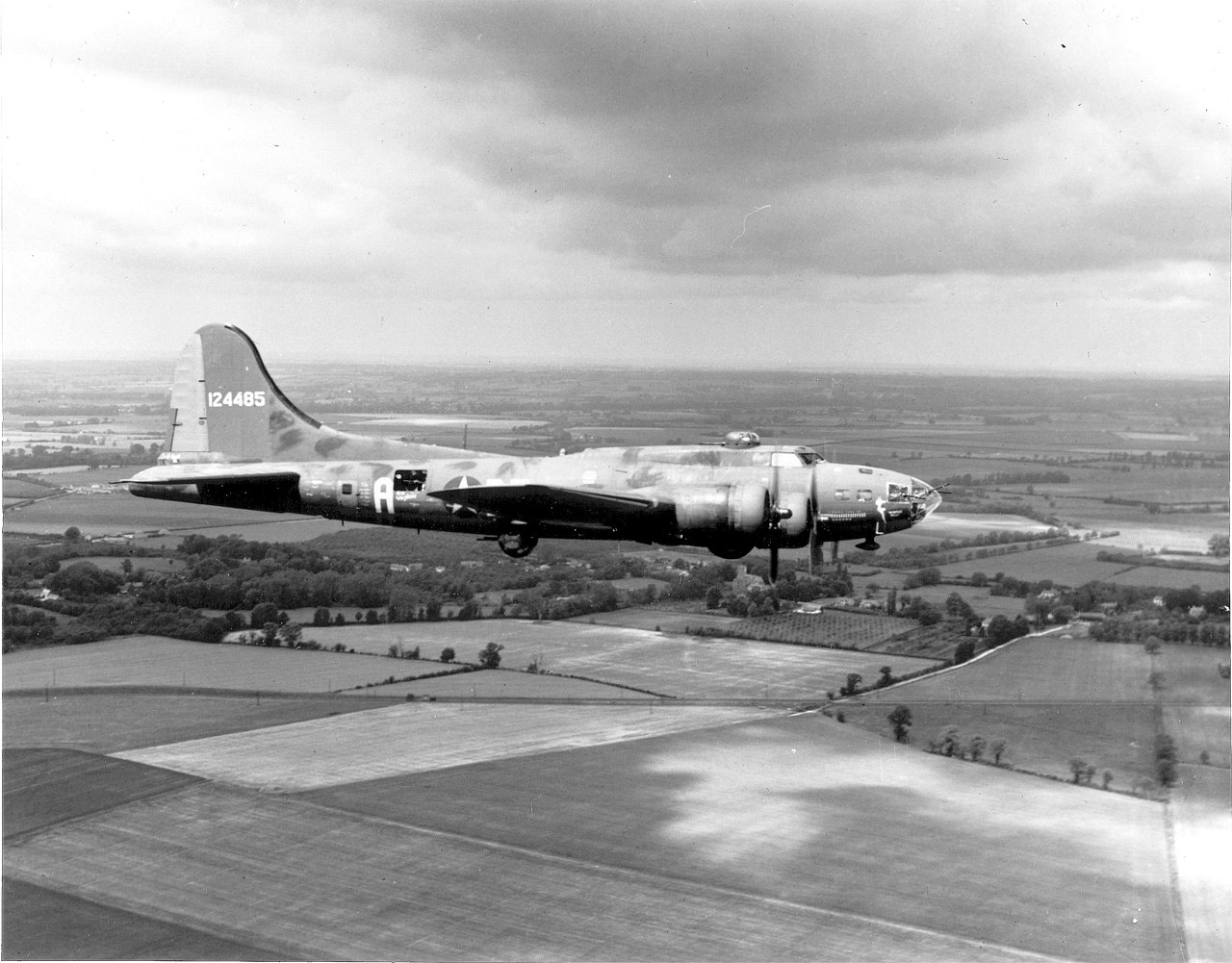

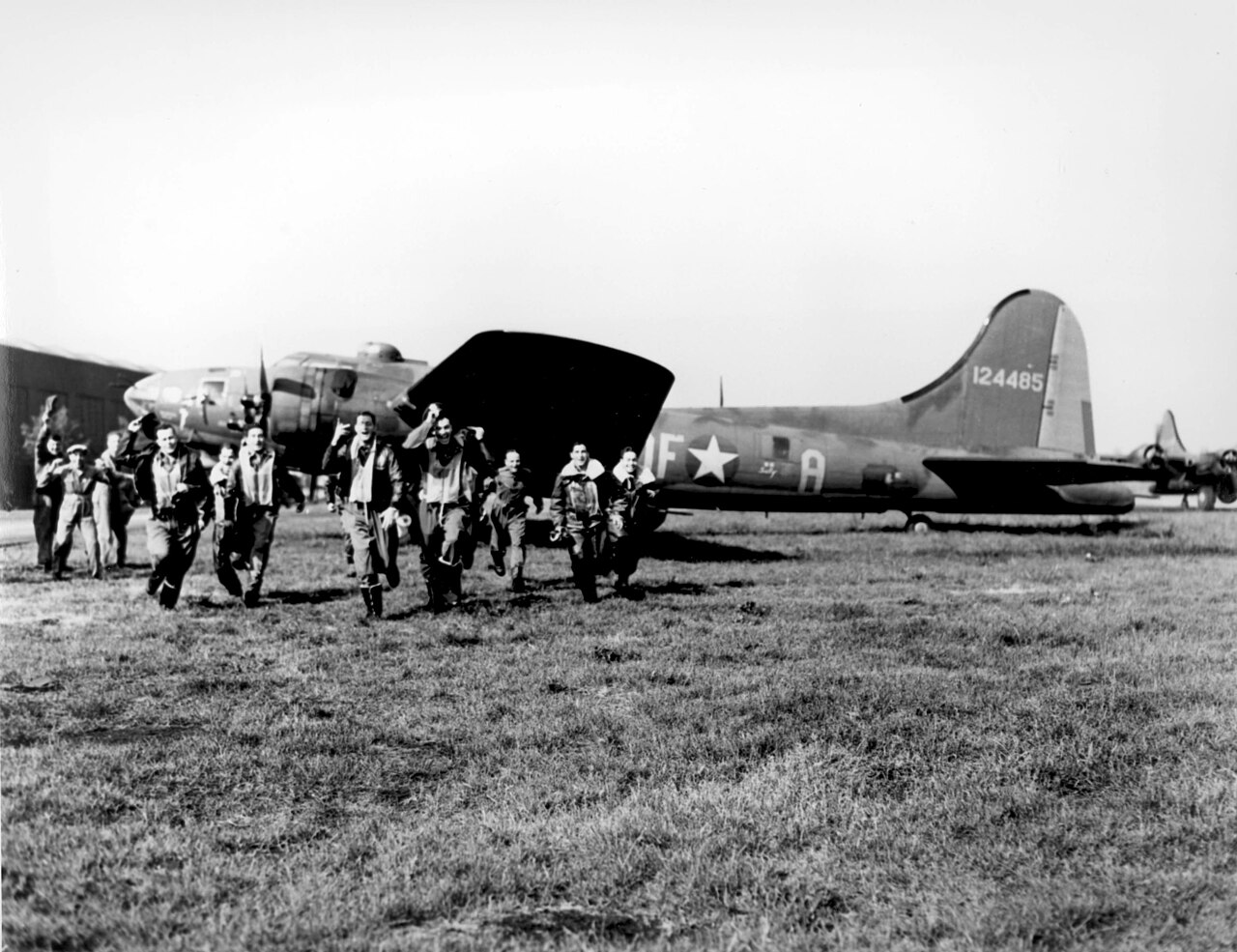
https://en.wikipedia.org/wiki/91st_Bombardment_GroupThe 91st Bomb Group (Heavy) was an air combat unit of the United States Army Air Forces during the Second World War. Classified as a heavy bombardment group, the 91st operated B-17 Flying Fortress aircraft and was known unofficially as "The Ragged Irregulars" or as "Wray's Ragged Irregulars", after the commander who took the group to England. During its service in World War II the unit consisted of the 322nd, 323rd, 324th, and 401st Bomb Squadrons. The 91st Bomb Group is most noted as the unit in which the bomber Memphis Belle flew, and for having suffered the greatest number of losses of any heavy bomb group in World War II.
The 91st Bomb Group conducted 340 bombing missions with the Eighth Air Force over Europe, operating out of RAF Bassingbourn. Inactivated at the end of the war, the group was brought back in 1947 as a reconnaissance group of the United States Air Force, and then had its lineage and honors bestowed on like-numbered wings of the Strategic Air Command, the Air Force Space Command and the Air Force Global Strike Command.
The Memphis Belle
Source of the name
The aircraft was named after pilot Robert K Morgan's sweetheart, Margaret Polk, a resident of Memphis, Tennessee. Morgan originally intended to call the aircraft Little One, which was his pet name for Polk, but after Morgan and copilot Jim Verinis saw the movie Lady for a Night, in which the leading character owns a riverboat named the Memphis Belle, he proposed that name to his crew.[N 4] Morgan then contacted George Petty at the offices of Esquire magazine and asked him for a pinup drawing to go with the name, which Petty supplied from the magazine's April 1941 issue.
The 91st's group artist, Corporal Tony Starcer, copied the Petty girl as art on both sides of the forward fuselage, depicting her suit in blue on the aircraft's port side and in red on the starboard. The nose art later included 25 bomb shapes, one for each mission credit, and eight swastika designs, one for each German aircraft claimed shot down by the crew. Station and crew names were stenciled below station windows on the aircraft after its tour of duty was completed.
Postwar history
In his memoirs, Morgan claimed that during his publicity tour he flew the B-17 between the Buncombe County Courthouse and the City Hall of Asheville, North Carolina, his home town. Morgan wrote that after leaving a local airport he decided to buzz the town, telling his copilot, Captain Verinis, "I think we'll just drive up over the city and give them a little goodbye salute." Morgan turned the bomber down Patton Avenue, a main thoroughfare, toward downtown Asheville. When he observed the courthouse and the city hall (two tall buildings that are only about 50 ft (20 m) apart) dead ahead, he lowered his left wing in a 60 degree bank and flew between the structures. He wrote that the city hall housed an AAF weather detachment whose commanding officer allegedly complained immediately to the Pentagon, but was advised by a duty officer that "Major Morgan...has been given permission to buzz by General Henry "Hap" Arnold."



https://en.wikipedia.org/wiki/Memphis_Belle_(aircraft)Captain Robert K. Morgan's crew flew 25 combat missions with the 324th Bomb Squadron, all but four in the Memphis Belle. The B-17 Hell's Angels (41-24577) of the 303rd Bomb Group completed 25 combat missions on 13 May 1943, becoming the first B-17 to complete the feat, one week before the Memphis Belle. The aircraft itself also completed 25 missions, with its crews shooting down 8 German aircraft.
De Haviland DH-91 Albatross.


https://en.wikipedia.org/wiki/De_Havilland_AlbatrossThe DH.91 was designed in 1936 by A. E. Hagg to Air Ministry specification 36/35 for a transatlantic mail plane.
The aircraft was notable for the ply-balsa-ply sandwich construction of its fuselage, later used in the de Havilland Mosquito bomber. Another unique feature was a cooling system for the air-cooled engines that allowed nearly ideal streamlining of the engine mounting. The first Albatross flew on 20 May 1937. The second prototype broke in two during overload tests but was repaired with minor reinforcement. The first and second prototypes were operated by Imperial Airways.
Although designed as a mailplane, a version to carry 22 passengers was developed; the main differences being extra windows and the replacement of split flaps with slotted flaps. Five examples formed the production order delivered in 1938/1939. When war was declared all seven aircraft were operating from Bristol/Whitchurch to Lisbon and Shannon.
Aircraft
Faraday
Mail-carrier variant was delivered to Imperial Airways in August 1939 as Faraday and registered G-AEVV. It was transferred to BOAC when it was formed in 1940 but was impressed into Royal Air Force service with serial number AX903 for operation by No. 271 Squadron RAF. It was destroyed in a landing accident at Reykjavik on 11 August 1941.
Franklin
Mail-carrier variant was delivered to BOAC as Franklin and registered G-AEVW. Impressed into Royal Air Force Service with the serial number AX904 for operation by 271 Squadron. It was destroyed when the landing gear collapsed on landing at Reykjavik on 7 April 1942.
Frobisher
Passenger variant was registered G-AFDI and delivered to Imperial Airways (later BOAC) as Frobisher in 1938. It was destroyed on the ground during a German air attack on Whitchurch Airport on 20 December 1940.
Falcon
Passenger variant was registered G-AFDJ and delivered to Imperial Airways (later BOAC) as Falcon in 1938. It was scrapped in September 1943.
Fortuna
Passenger variant was registered G-AFDK and delivered to Imperial Airways (later BOAC) as Fortuna in 1939. Destroyed in a crash landing near Shannon Airport, Ireland on 16 July 1943.
Fingal
Passenger variant was registered G-AFDL and delivered to Imperial Airways (later BOAC) as Fingal in 1939. Destroyed in a crash landing near Pucklechurch, Gloucestershire, England on 6 October 1940.
Fiona
Passenger variant was registered G-AFDM and delivered to Imperial Airways (later BOAC) as Fiona in 1939. It was scrapped in September 1943.
A 1/10 scale model of the Albatross owned by British Airways was found in a crate at Croydon in the 1990s and is on display in the heritage museum at Speedbird House.
USS Harding, DD-91.
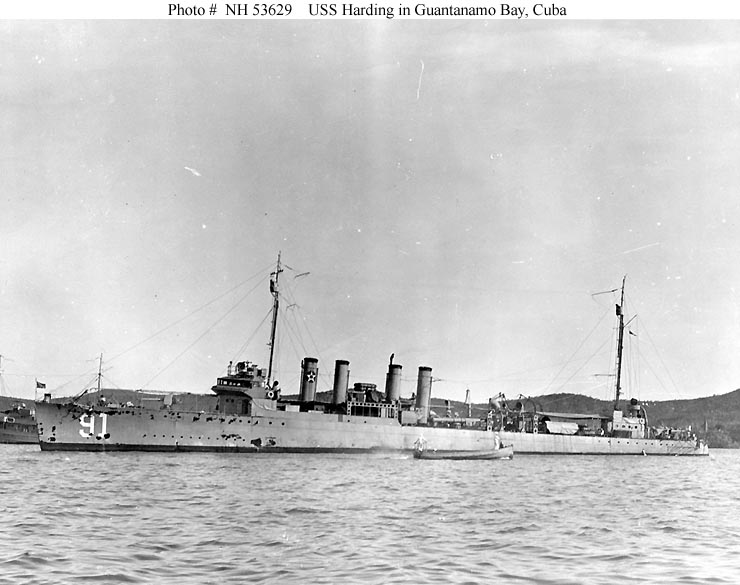


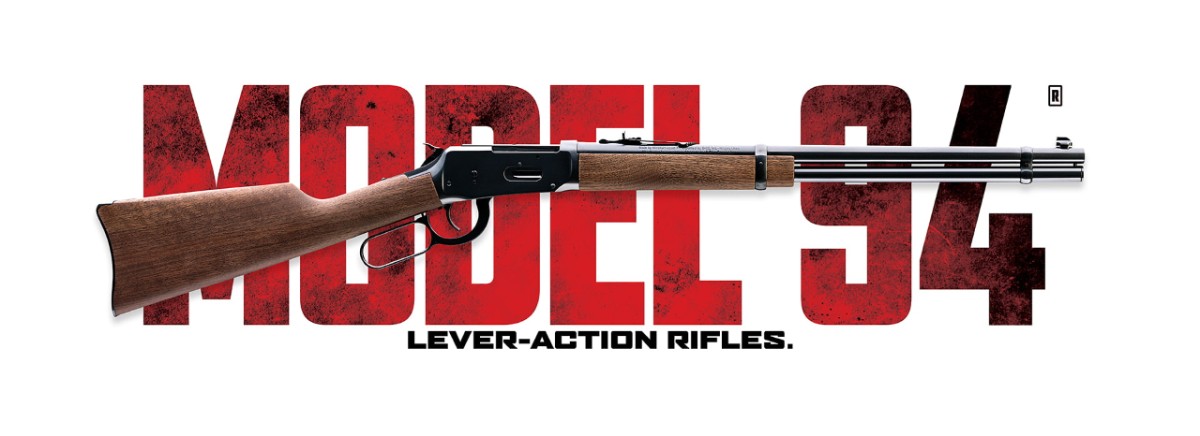


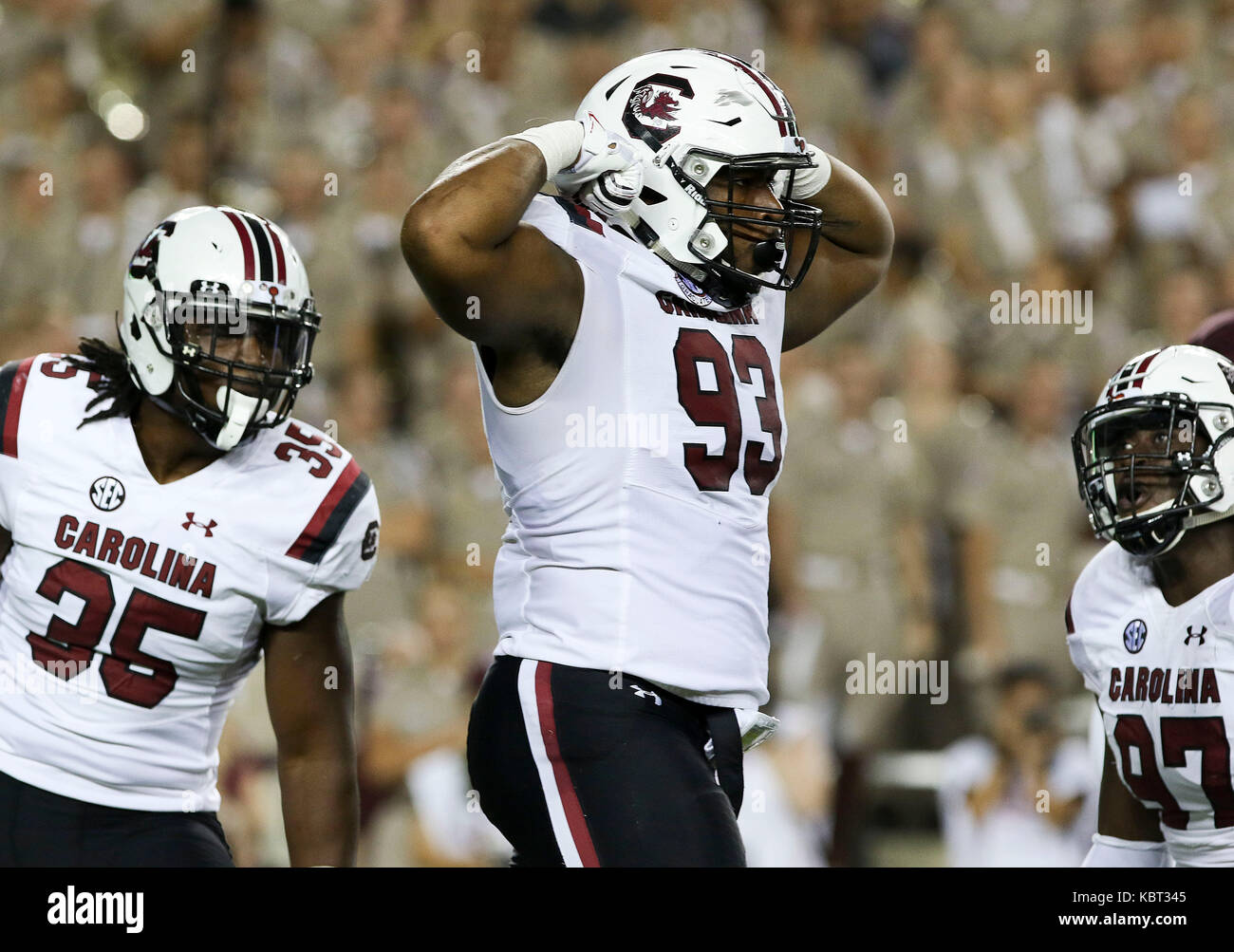


/cdn.vox-cdn.com/uploads/chorus_image/image/46558596/usa-today-7508817.0.jpg)



